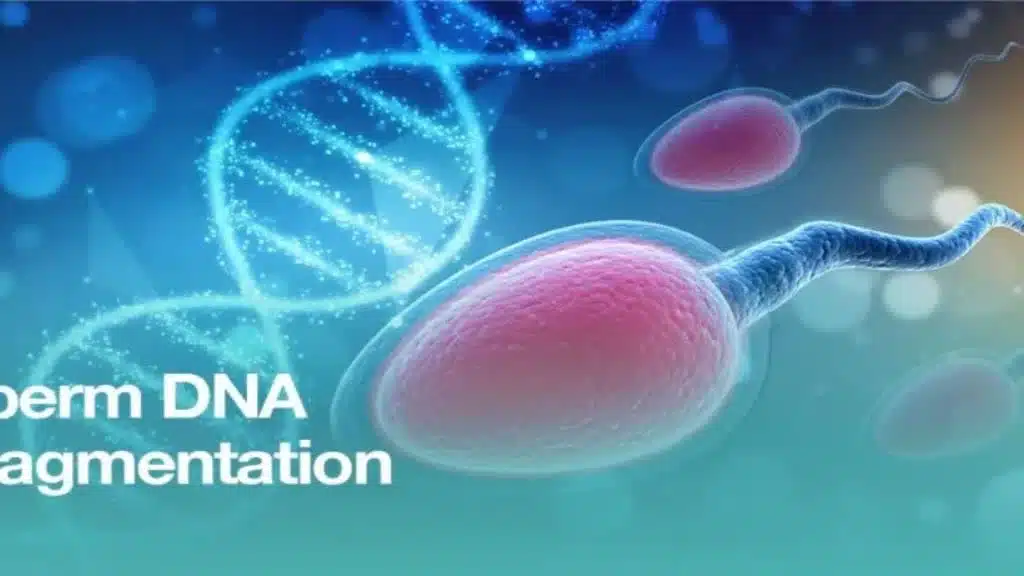Sperm DNA Fragmentation Index (SDFI)

When is SDFI Testing Recommended?
• Men with unexplained infertility.
• Men with oligoasthenoteratozoospermia (OAT).
• Couples with recurrent IVF or ICSI failures.
• Men exposed to radiation or chemicals.
• Poor embryo development or recurrent pregnancy loss.
• Men with varicocele.
• Men in contact with toxins or pollutants.
• Men with abnormal or low sperm counts.
Causes of Sperm DNA Fragmentation
• Oxidative stress, infections, or high fever.
• Elevated testicular temperatures.
• Poor diet or medication use (especially antibiotics).
• Smoking, radiation exposure, and age.
• Varicocele and environmental toxins.
Treatment Options for High SDFI
Not all cases of sperm DNA fragmentation are treatable. However, lifestyle changes, antioxidant-rich diets, and treating infections or varicocele can reduce fragmentation. Re-testing three months after initial treatment is recommended.
10–15% of couples are unable to conceive despite trying for a baby and are classified as infertile. Male factor infertility accounts for half of these cases, and abnormal sperm is a major contributor. Men with abnormal sperm or unexplained infertility are candidates for assisted reproductive techniques such as IVF and ICSI. Repeated failures in these treatments may be linked to sperm DNA damage. Evaluating sperm DNA fragmentation is crucial in such cases to determine appropriate treatment plans.
How is SDFI Performed?
SDFI testing involves a similar process to semen analysis, but it specifically measures sperm DNA fragmentation levels. The sample is collected via masturbation after 3–7 days of abstinence. No lubricants, condoms, or soap should be used during collection, and the sample must be placed in a sterile container. If collected outside the lab, it must be delivered within 20 minutes.
Interpreting SDFI Results
• Less than 15% DNA fragmentation: Excellent fertility potential.
• 15–30% DNA fragmentation: Good fertility potential.
• More than 30% DNA fragmentation: Low fertility potential, with a higher risk of miscarriage if pregnancy occurs.
